10 Day Bali Itinerary: The Perfect First-Time Trip
First time in Bali and wondering how to see it all without losing your mind (or your luggage)? Welcome.
Bali’s a stunner, but with temple-packed jungles, chaotic beach towns, and more scooters than sense, you’ll want a smart game plan.
That’s where this 10-day Bali itinerary comes in. We’ve crafted it specifically for first-timers who want the perfect balance of culture, beaches, nature, and nightlife, without doubling back across the island or wasting a day debating between Canggu and Seminyak.
Bali isn’t huge, but it’s deceptively tricky to navigate, especially when every spot looks like a travel brochure.
There’s Ubud with its spiritual energy and misty rice paddies. Sidemen, where time slows to a trickle and the mountains do all the talking.
Canggu and Seminyak, hip, hectic, and probably where you’ll lose half a day to an overpriced smoothie bowl (but still love it).
And finally, Uluwatu, where cliffs tumble into turquoise waves and the sunsets seem curated by the gods.
If you’re the kind of traveler who wants a bit of everything without burnout, this itinerary was made for you. Let’s map out your perfect Bali debut.
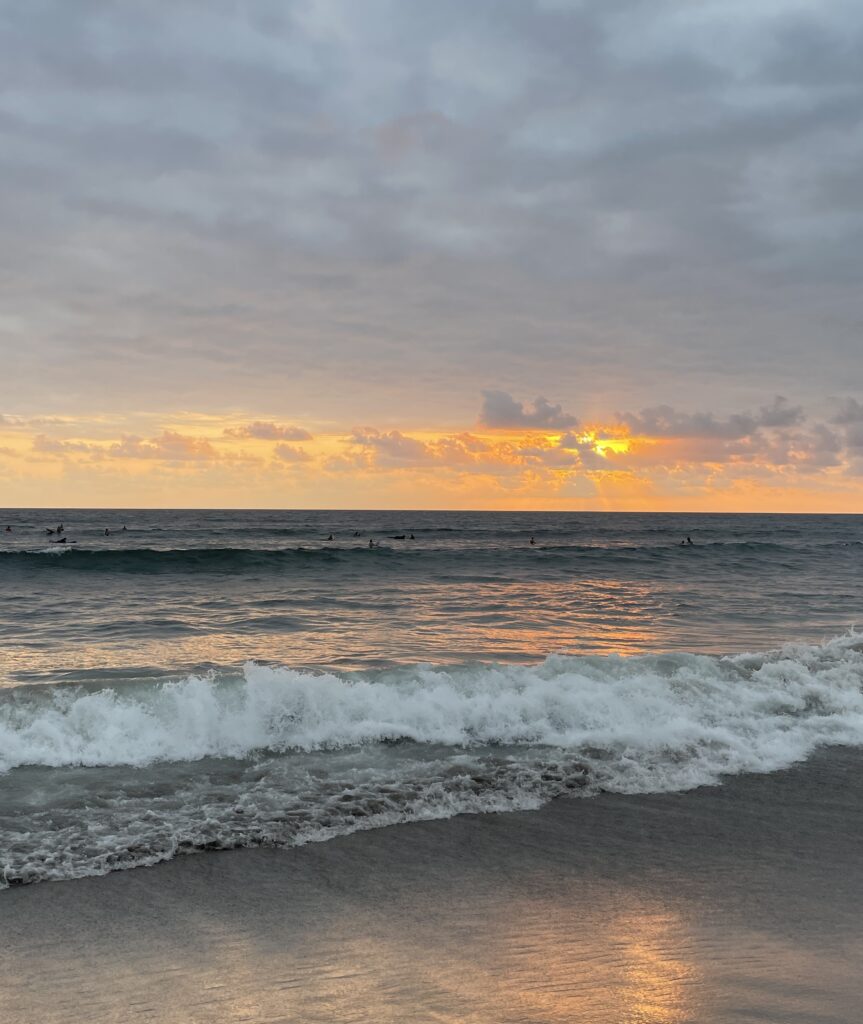
10 Day Bali Itinerary Overview:
- Ubud: 3 Days including Arrival
- Sidemen or East Bali: 2 Days
- Seminyak or Canggu: 3 Days
- Uluwatu: 2 Days, including Departure
This itinerary flows from jungle to coastline, letting you ease into the trip with Bali’s spiritual heart (Ubud), slow down in the tranquil east, then turn up the energy in the beach towns before winding down cliffside in Uluwatu.
It’s intentionally paced so you won’t feel rushed, but you’ll still experience Bali’s greatest hits, rice terraces, waterfalls, temples, markets, surf culture, sunset bars, and more.
Quick Travel Tips for Bali
- Visa Requirements: Most nationalities can enter Bali visa-free for up to 30 days, but double-check current rules. If you plan to stay longer, a Visa on Arrival (VoA) can often be extended once, do it early to avoid airport panic.
- eSIM & SIM Cards: Telkomsel is the most reliable network in Bali with the strongest coverage island-wide. You can buy SIMs at the airport or in town, go for a data-heavy package since Wi-Fi can be patchy.
- Currency: The local currency is the Indonesian Rupiah (IDR). ATMs are widely available, but it’s a good idea to bring a backup card and notify your bank. Cash is still king in smaller towns.
- Airport Transfers: Pre-booking your Bali airport transfer can save you time and stress, especially after a long flight. It’s the easiest way to avoid pushy drivers and overpriced taxis.
- Language: Bahasa Indonesia is the official language, but “Hello” (Halo), “Thank you” (Terima kasih), and a smile will get you far. In tourist areas, English is widely understood.
- Travel Insurance: Don’t skip this. Medical care is available, but quality varies. Make sure your plan includes scooter accidents if you’re renting one.
- Cultural Awareness: Bali is deeply spiritual. Dress modestly at temples (cover shoulders and knees), and remove shoes when entering homes or sacred places.
- Public Holidays: Be aware of Nyepi (Silent Day), a full 24-hour island-wide shutdown, including the airport. It’s serene but strict, no lights, noise, or leaving your hotel.
Days 1 – 3: Ubud
Day 1: Arrival + Introduction to Ubud
- Land in Denpasar and head straight to Ubud (allow 1.5–2.5 hrs). It’s long, but you’ll thank yourself later.
- Check into your stay, Ubud is full of jungle villas and boutique resorts.
- Stretch your legs with a walk on the Campuhan Ridge Walk.
- Dinner at Melting Wok Warung or Hujan Locale, Bali fusion done right.
Day 2: Rice Terraces, Monkeys & Temples
- Early yoga at The Yoga Barn (you’ll be outnumbered by influencers, but it’s legit).
- Fuel up at Sayuri Healing Food Cafe, yes, even if you’re not vegan.
- Head to Tegalalang Rice Terraces before the crowds. Bring cash for the locals maintaining paths.
- Optional detour to Gunung Kawi or Pura Tirta Empul for spiritual vibes.
- Visit the Ubud Monkey Forest, entertaining and mildly terrifying.
- Shop at Ubud Art Market, then dinner and fire dance at Pura Taman Saraswati or Ubud Palace.
Day 3: Waterfalls & Culture
- Hire a driver or book a Viator tour: Visit Tukad Cepung (in a cave) and Tibumana Waterfall (swimmable and scenic).
- Optional: Goa Gajah (Elephant Cave) for a dose of historic ruin energy.
- Afternoon cooking class with Paon Bali, local family-run and consistently top-rated.
- Spa time at Karsa Spa or Taksu Spa.
Ubud is the soul of Bali. It’s not just about temples and monkeys, it’s the feeling of mist on your face during a sunrise walk, the smell of incense curling out from every doorway, the rhythm of gamelan echoing through the trees.
It’s where you come to realign, whether through yoga or just being still among the rice paddies. Yes, it’s touristy, but it’s also deeply rooted in something real.
It’s the cultural and spiritual heartbeat of the island, and a place you’ll likely leave feeling more grounded, even if your legs are sore from chasing waterfalls. If Bali were a story, Ubud would be its prologue, setting the tone for everything that follows.
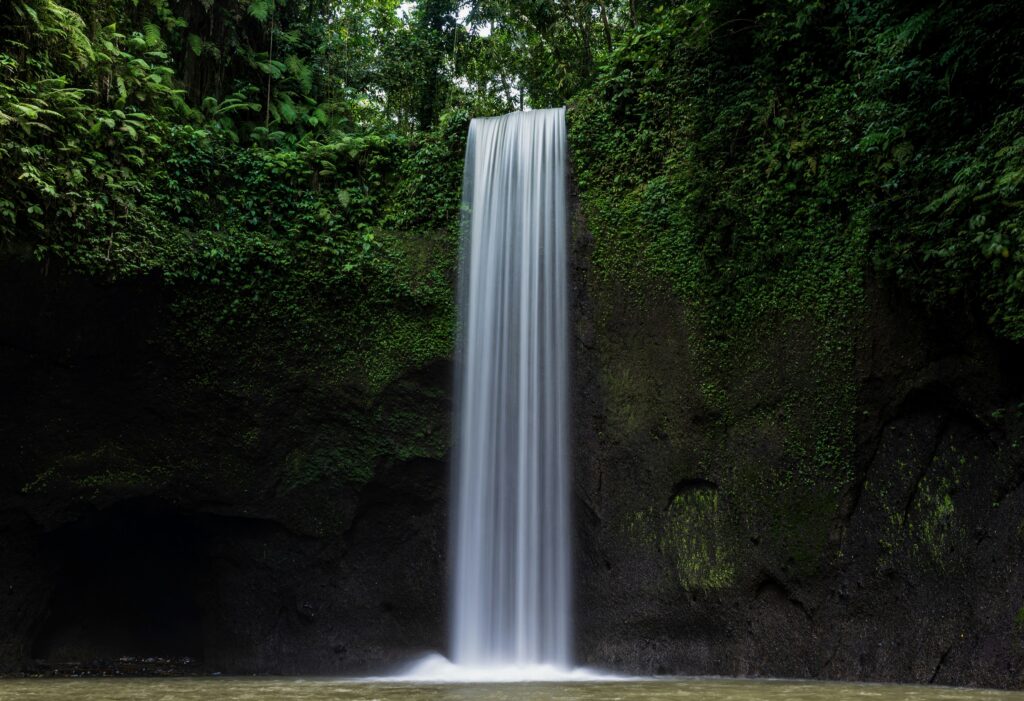
Days 4 – 5: Sidemen or East Bali
Day 4: Transfer & Tranquility
- Depart Ubud in the morning and head to Sidemen (90-minute drive).
- Check in to an eco-lodge or jungle retreat, Wapa di Ume and Sawah Indah Villa are top picks.
- Afternoon rice terrace walk, opt for a local guide to explain traditional irrigation systems (subak).
- Lunch at Warung Dapur Kapulaga, traditional Balinese, farm-to-table vibes.
- Slow evening with a book or a tea facing Mount Agung.
Day 5: Temples & the East’s Hidden Beauty
- Early start to visit Lempuyang Temple, get there by 6:30 AM to avoid photo-op chaos.
- On the way back, explore Tirta Gangga, a peaceful water palace where you can feed koi and enjoy garden serenity.
- Optional add-on: Visit Taman Ujung, another tranquil palace with fewer crowds.
- If beachy detours tempt you, Virgin Beach or Blue Lagoon are within reach for a scenic half-day escape.
- Wrap up with dinner at your stay or visit Asri Dining for a refined local meal.
Sidemen is where Bali feels untouched. With palm-lined trails, misty rice fields, and Mount Agung always in view, life moves at a quieter, more deliberate pace. It’s the perfect counterbalance to Ubud, peaceful, grounded, and wildly scenic.
It offers a different kind of luxury: stillness, space, and authenticity. There’s no flash, just old Bali charm.
You’ll see farmers in the fields, stars instead of streetlights, and maybe even rediscover your off switch.
For many first-timers, Sidemen becomes the unexpected highlight that your trip didn’t know it needed.

Days 6 – 8: Seminyak or Canggu
Day 6: Arrival & Beach Clubs
- Head west toward Seminyak or Canggu (2.5–3 hours with traffic).
- Check into your stay, Kos One Hostel for social vibes, The Slow for boutique design, or The Legian for beachfront luxury.
- Drop your bags and head to Finns or La Brisa beach club. Yes, it’s touristy. Yes, it’s worth it.
- Sunset from a pool lounger with a mojito? Not the worst start.
- Dinner at Mason (steakhouse energy) or Fishbone Local.
- If you’ve still got gas: bar hop at Old Man’s, The Lawn, or Pretty Poison
Day 7: Surf, Cafes & Chill
- Early surf lesson at Echo Beach or Berawa.
- Breakfast at Crate Cafe, Copenhagen, or Give Cafe (100% profits to local charities).
- Shop at Love Anchor Market or Bungalow Living.
- Midday escape: float therapy at Amo Spa or body scrub + facial combo at Spring Spa.
- Late lunch at The Shady Shack.
- Sunset walk at Seminyak Beach or cocktails at Potato Head Beach Club.
- Optional night out at Mirror Lounge, if you want a nightclub inside a Gothic cathedral.
Day 8: Free Exploration or Mini Day Trip
- Optional morning at Tanah Lot Temple or a quieter vibe at Pererenan Beach.
- Brunch at Motion Cafe or Peloton Supershop.
- Optional: Nusa Dua or catamaran cruise via GetYourGuide.
- Dinner at Santorini Greek or Lola’s Cantina Mexicana.
Canggu and Seminyak aren’t just places, they’re energies. One moment you’re in a smoothie café with WiFi faster than your thoughts, and the next you’re standing on a black-sand beach watching the sky catch fire at sunset.
It’s where Bali’s traditions meet global modernity. Despite growing crowds, there’s still charm under the gloss.
You can hit the beach in the morning, shop artisan goods in the afternoon, and rage at a fire pit dance club after dark, or not!

Days 9 – 10: Uluwatu
Day 9: Down to the Cliffs
- Transfer to Uluwatu (1.5–2 hours).
- Stop at Padang Padang Beach.
- Check in at Gravity Hotel, Dreamsea Bali, or Six Senses Uluwatu.
- Visit Uluwatu Temple + Kecak Fire Dance.
- Dinner with a view at Rock Bar.
Day 10: Last Moments in Paradise
- Optional sunrise at Thomas Beach.
- Brunch at The Loft or Bukit Cafe.
- Chill at Sunday’s Beach Club or Nunggalan Beach.
- Depart for Denpasar airport.
Uluwatu is the highlight at the end of your Bali journey. The cliffs are steep, the views vast, and the energy surprisingly balanced. It’s spiritual in a different way from Ubud, not because of temples (though Uluwatu Temple is a showstopper), but because the raw force of nature here demands respect.
Some of Bali’s most beautiful stays are perched along these cliffs, and while they may cost more than your hostel in Canggu, the peace, luxury, and perspective they offer are worth the splurge. If the rest of Bali is a journey, Uluwatu is the destination.
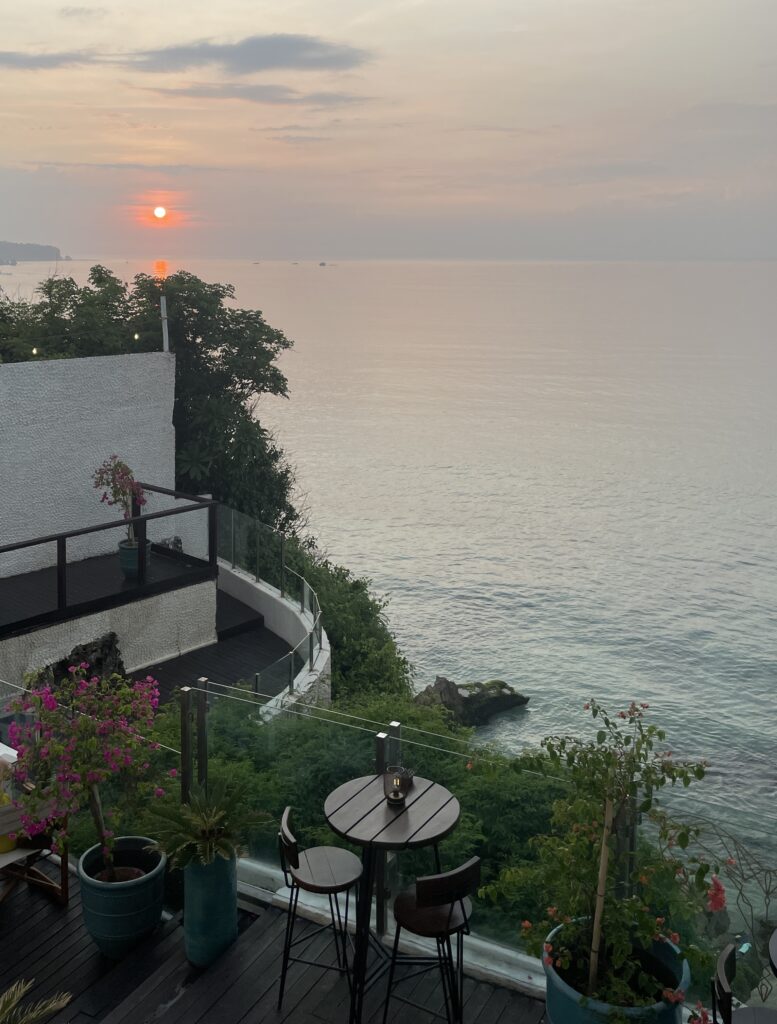
How to Get Around Bali
- Private Drivers: Best for inter-city transfers or day trips. Hire via your hotel or apps like Grab. Rates vary, but expect to pay 500K–800K IDR per day for full-service drivers.
- Scooter Rental: Popular but risky. Only rent if you’re confident on two wheels. Always wear a helmet, and take photos of the bike before and after. You’ll need an International Driving Permit (IDP) to be legally allowed to drive in Bali.
- Rideshare Apps: Grab, Gojek, and Bolt are your go-tos. In most towns, you’ll find bike drivers everywhere, making it super easy to zip around for cheap. Please note that some tourist zones restrict pickup and drop-off.
- Taxis: Use Bluebird Taxi only; others often overcharge. Avoid taking random taxis waiting at tourist hubs.
- Walking: In Canggu, Seminyak, and Ubud, you can walk short distances, but it depends on where you’re staying. Some areas have sidewalks, others don’t. For quick access, staying central helps.
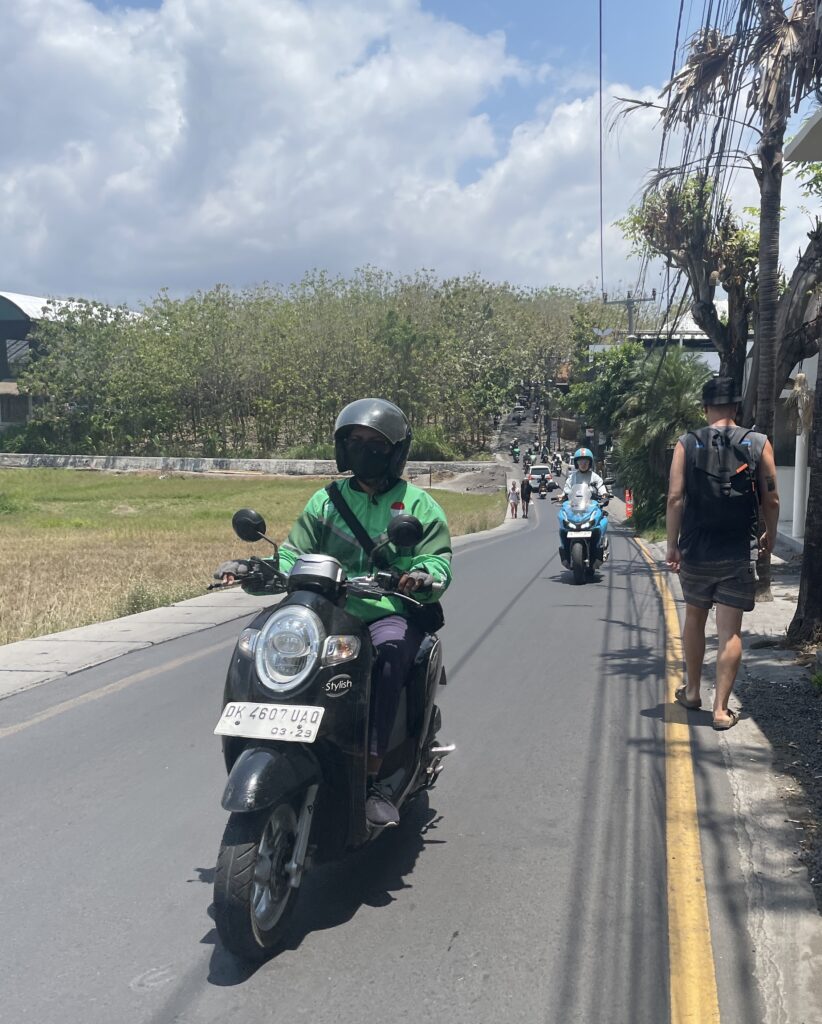
Best Time to Visit Bali
- High Season (July – September): The dry season is in full swing. Expect perfect beach weather, ideal conditions for hiking and diving, and big crowds.
Prices are higher, and popular spots like Ubud and Seminyak fill up fast. If you want Bali at its most vibrant (and don’t mind planning), this is your window.
- Shoulder Season (April – June): A fantastic sweet spot. Rain tapers off, the island is green and blooming, and crowds haven’t yet surged.
Flights and hotels are cheaper, and the weather is mostly sunny with the occasional shower. Great for balance-seeking travelers.
- Low Season (October – March): Wet season kicks in with more frequent rain and humid days.
That said, it rarely rains all day, it’s often heavy but brief. Prices drop, crowds thin, and Bali’s scenery becomes lusher. Ideal if you’re not chasing sunshine 24/7 and prefer quieter vibes.
- Special Note: Nyepi (Silent Day): Occurs in March or April. It’s a 24-hour island-wide shutdown, no lights, no flights, and no going outside.
A rare, meaningful experience if you plan for it, but don’t accidentally fly in on Nyepi Eve.
Timing your visit just right depends a lot on what you want from the trip, and understanding Bali’s yearly weather makes all the difference.
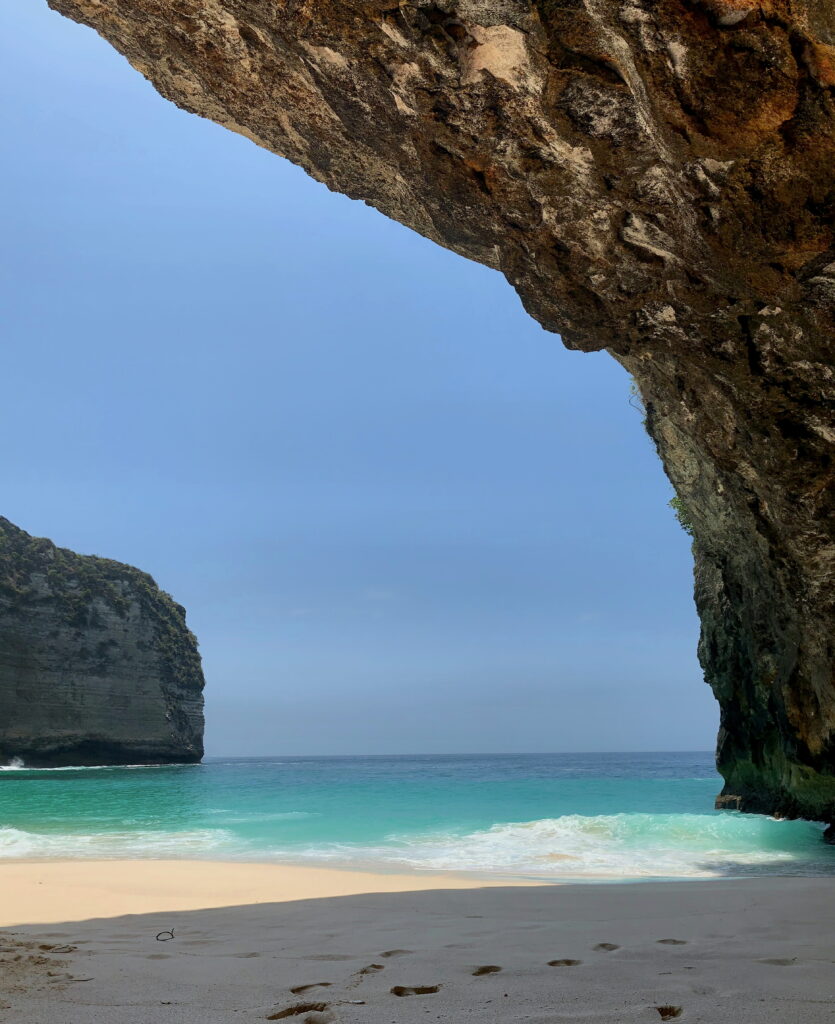
Best Hotels in Each Area of Your Itinerary
Where you stay in Bali can make or break your experience, and with the island’s traffic and geography, location is everything.
Ubud: Adiwana Resort Jembawan for wellness, Bisma Eight for stylish boutique luxury, and Wapa di Ume for a quiet jungle escape.
Sidemen: Sawah Indah Villa for rustic charm, Wapa di Ume Sidemen for a luxe retreat. Pick places with rice terraces or volcano views.
Canggu or Seminyak: Kos One Hostel for sociability, The Slow for design, The Legian for beachfront, COMO Uma Canggu for wellness. Choose a stay near your preferred cafés or the beach to save time.
Uluwatu: Gravity Hotel for boutique calm, Anantara Bali for surf vibes, Six Senses Uluwatu for cliffside luxury and sustainability. Go for ocean views or beach club access.
No matter your budget, prioritizing location over perks is the real travel hack. It doesn’t matter how luxe the bathtub is if it takes you 45 minutes to get to dinner. The right location minimizes friction, no unnecessary traffic battles or missed sunset moments.
It helps you naturally flow with your itinerary, rather than fighting it. When planning your stays, map out your must-dos and select accommodations that support your day-to-day mobility.
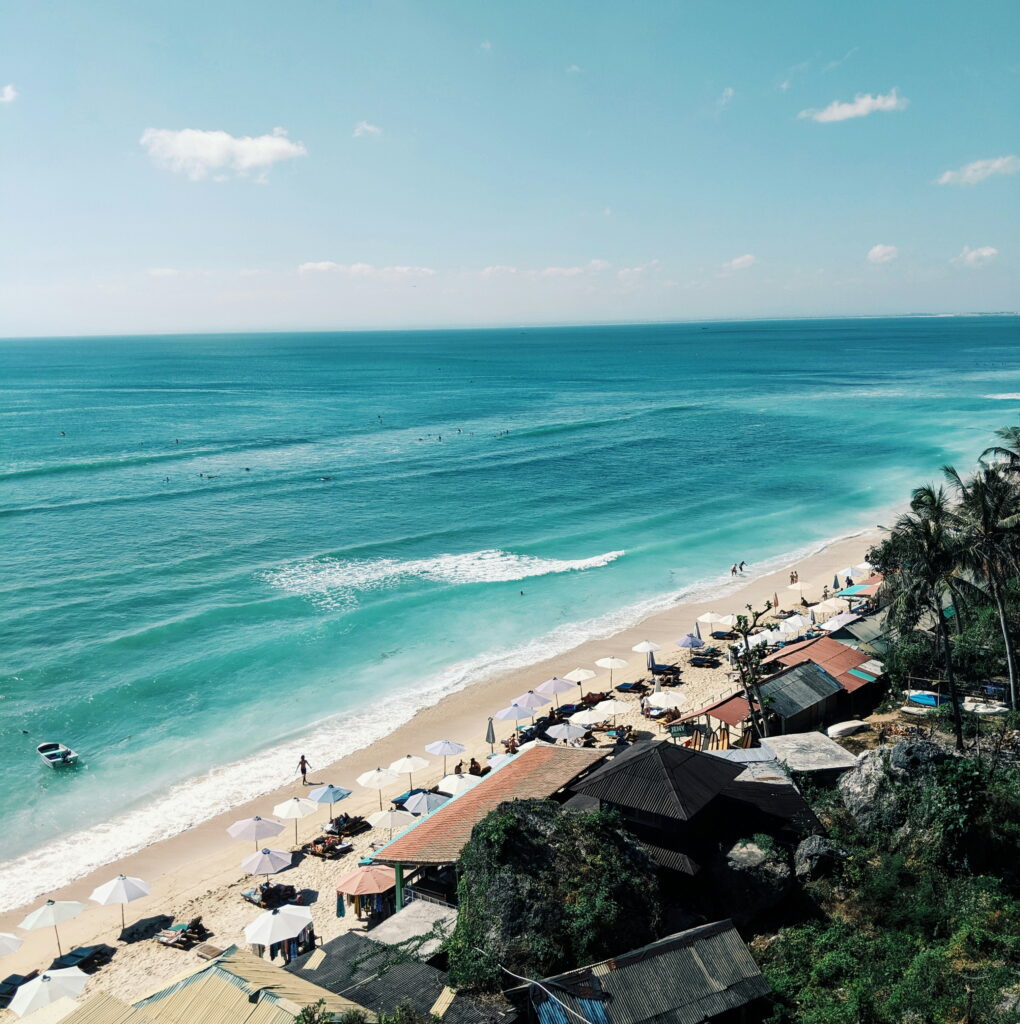
Scams in Bali to Avoid When Visiting
- Airport Taxi Scam: Drivers inside the terminal may charge 2–3x the real fare, use Grab, Bluebird instead, or prebook an airport transfer.
- Currency Exchange Scam: Shady booths offer great rates but use sleight of hand to shortchange you.
- Scooter Rental Damage Scam: Some places accuse you of damage you didn’t cause, take clear photos before and after. I’d recommend renting from Bike Booking.
- Overpriced Sarong Rentals at Temples: Temples provide sarongs for free or cheap, don’t fall for vendors claiming otherwise.
- Fake Tours or Tickets: Street vendors might sell fake entrance or boat tickets; it’s best to book online or via trusted agencies.
- Massage Bait-and-Switch: Some budget spas advertise one service and pressure you into upgrades during the massage.
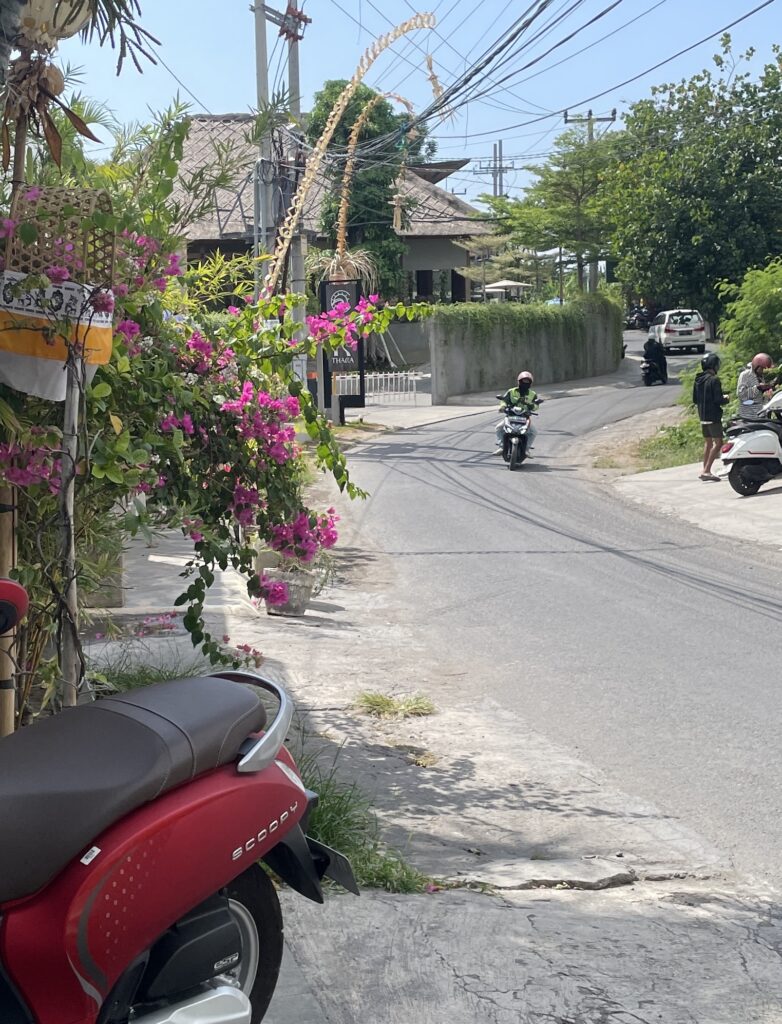
Final Thoughts: Making the Most of Your 10 Days in Bali
This itinerary gives you the ultimate Bali experience, but if you’ve already been or want inspiration for your next trip, you might also enjoy exploring places similar to Bali that offer the same mix of beaches, nightlife, and wellness with their own unique twist.
Follow this plan and you’ll come away with a rounded, memorable Bali experience that’s equal parts enriching and relaxing. Just don’t forget the bug spray, backup chargers, and your sense of humor.
Bali gives you what you’re open to, and if you follow this route, it’ll give you a damn good time.
What makes this 10-day trip so successful is the rhythm. You’re not just ticking off “must-sees”, you’re experiencing Bali’s contrast.
From jungles to oceans, temples to tequila shots, and ancient rituals to modern yoga studios, you’re getting a sense of the island’s incredible range.
And because this itinerary is crafted geographically and intentionally, you’re minimizing burnout and transport headaches.
Also, remember: leave space. Some of the best travel moments aren’t on an itinerary, they’re in a random warung with the best satay of your life or in a silent conversation with a temple priest. Keep your plans flexible enough to let Bali surprise you.
Finally, be respectful. Bali isn’t a theme park, it’s a place people call home. Dress modestly at temples, learn a few words in Bahasa Indonesia (even just “terima kasih”, thank you), and support local businesses when you can.
You’ll leave with a full camera roll and a slightly different outlook on life. And if you’re like most travelers, 10 days won’t feel like enough. But it’ll be a start, a proper, well-paced, unforgettable start.
So plan well, stay smart, and let Bali be Bali—because once you get a taste, you’ll either be hooked… or wondering why Bali might (or might not) be worth it. Selamat jalan, happy travels!
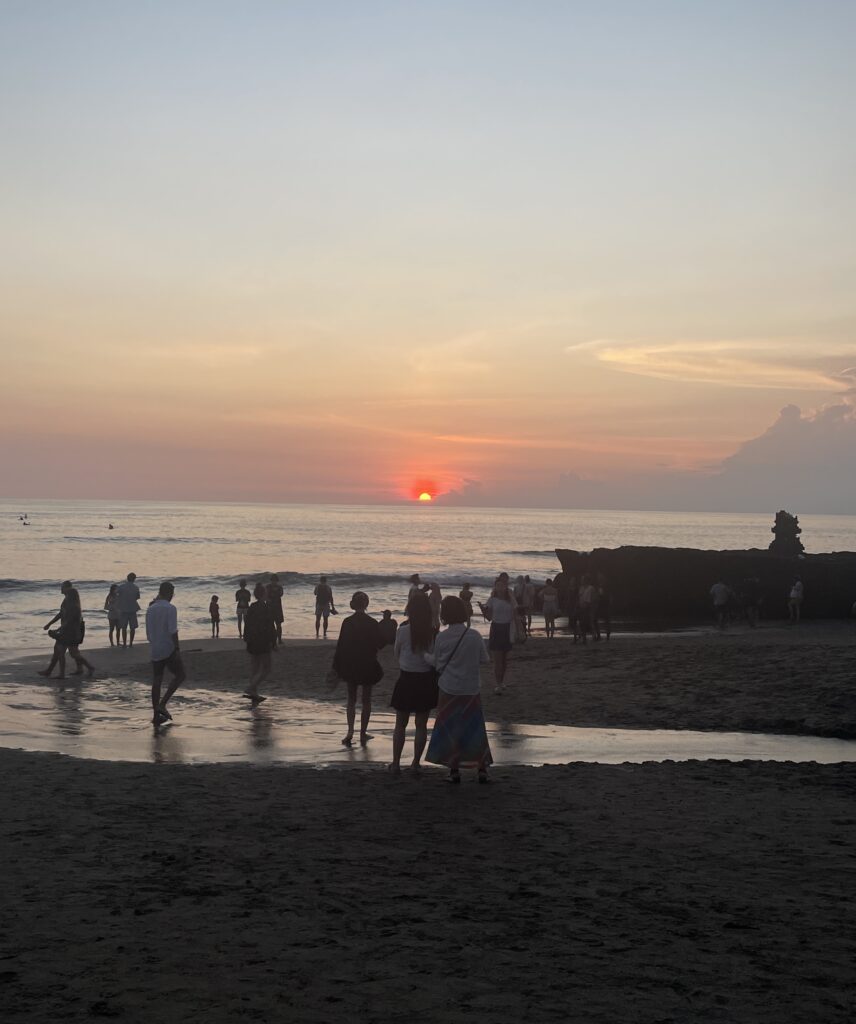
Is 10 days enough to explore Bali properly?
Yes, 10 days is the sweet spot to experience Bali’s diversity without rushing. This itinerary covers key highlights from jungle to coast in a well-paced, first-timer-friendly loop.
Should I book everything in advance for Bali?
Book your accommodations and intercity transport in advance, especially during high season. For day tours and activities, you can book as you go unless it’s a popular one (like Nusa Penida or a cooking class).
Is it safe to rent a scooter in Bali for 10 days?
Only if you’re experienced, Bali traffic can be chaotic, and road conditions vary. Stick to taxis or Grab if you’re unsure, especially for long transfers.
How much spending money do I need for 10 days in Bali?
Budget travelers can get by on $30–$50 USD per day, mid-range around $70–$120, and luxury travelers upwards of $200. Bali’s got options for every travel style.
Where should I go if I extend my trip beyond 10 days?
Consider adding the Gili Islands, Nusa Penida, or even hopping over to Lombok. Each offers something different, from snorkeling to hiking volcanoes, the day trips in Bali are endless!

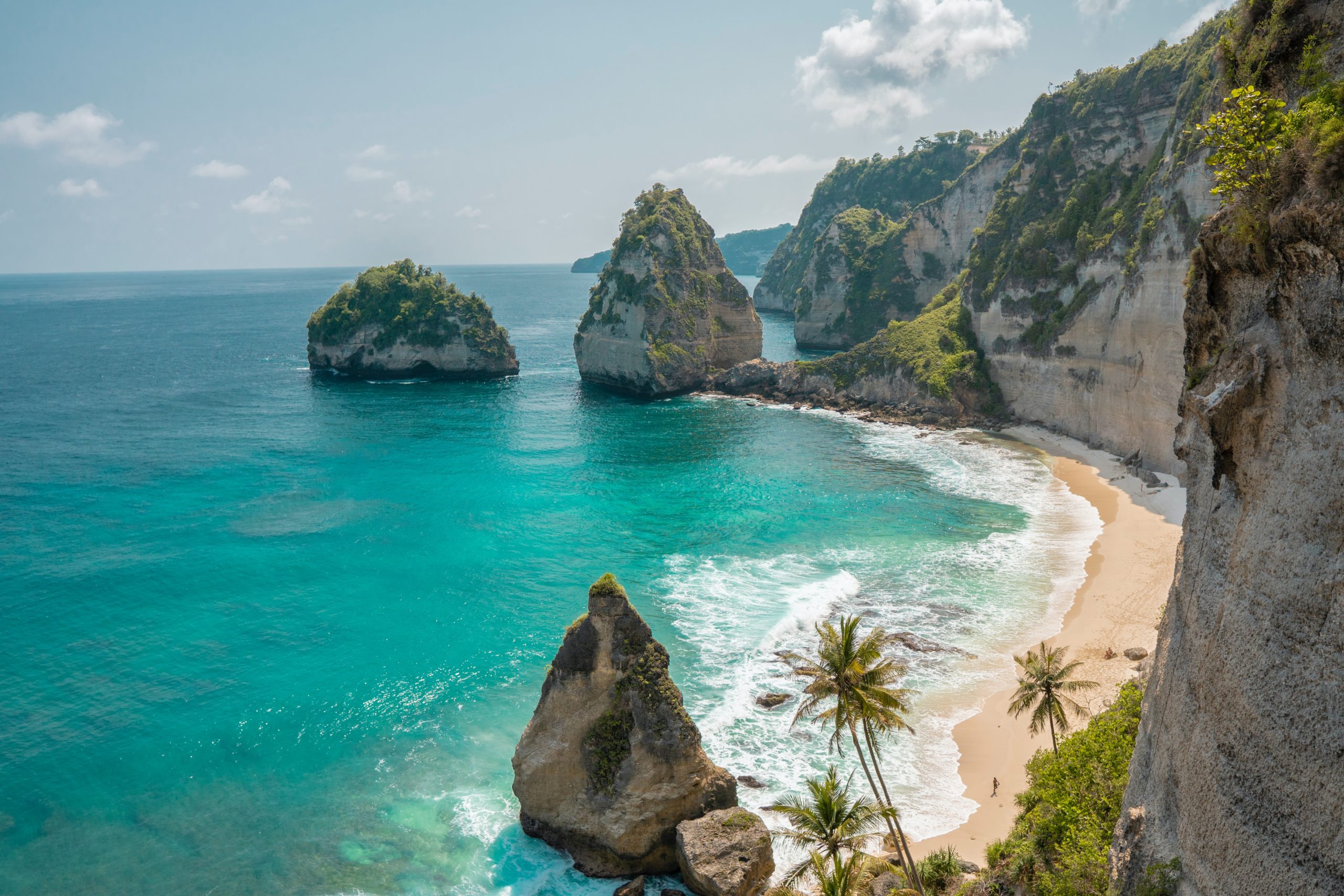
What if I have 30 days and want to maximize the time spent …do you suggest just extending the time in each of the locations noted in the 10 day itinerary?
Exactly, you’re thinking about it correctly, though another quiet little escape I recommend is Amed, bit of a driver but worth it and not touristy! I didn’t mention it in the guide because it’s not suitable for a 10 Day itinerary. Let me know if you have further questions! Also join my Bali FB group: https://www.facebook.com/groups/balitraveltipsadvice